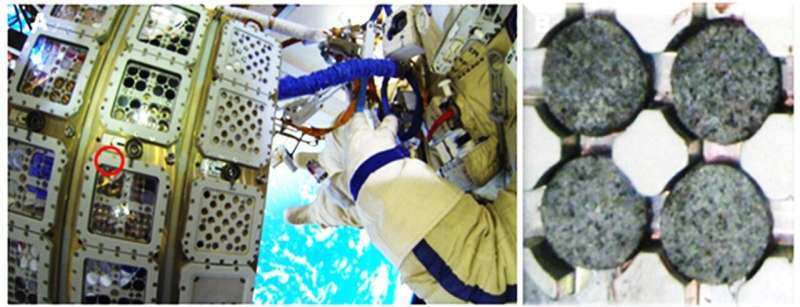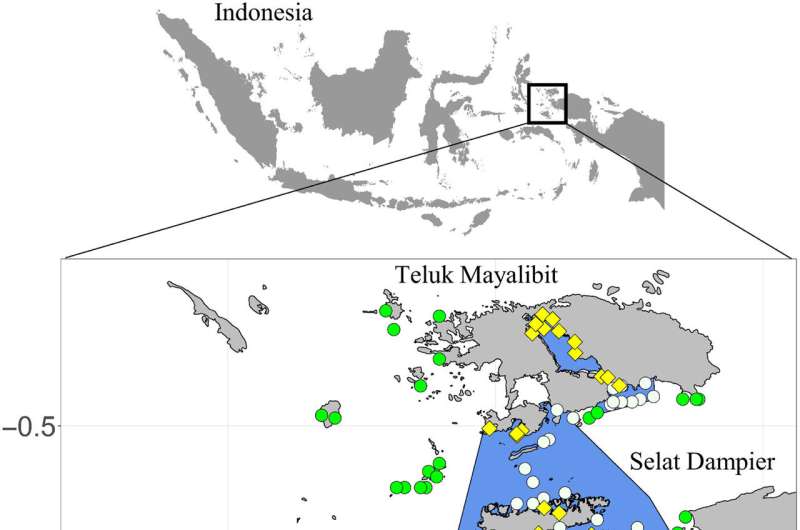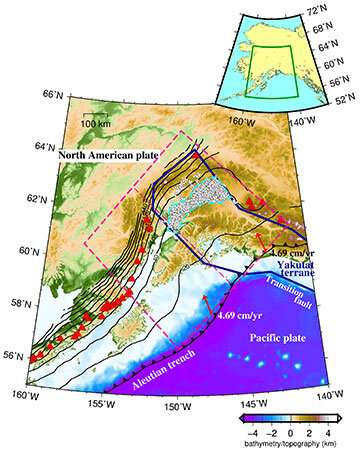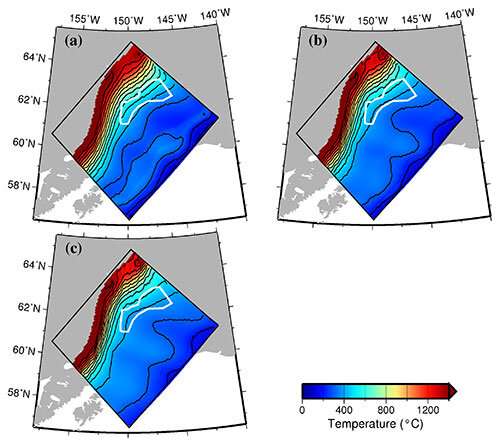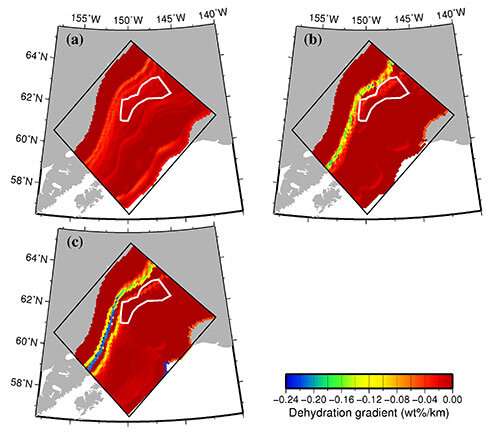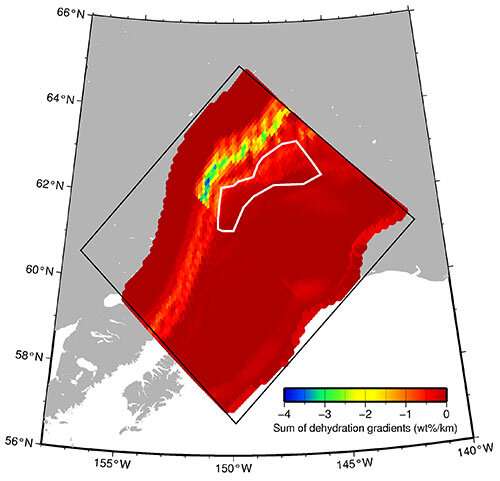More children died from gun violence than car crashes in 2020. Are school shootings to blame?

Gun-related deaths have overtaken auto accidents as the leading cause of death of children in the United States, The New England Journal of Medicine reported in May.
The 45,222 firearm-related deaths in 2020—"a new peak," according to NEJM—was a 13.5% increase from 2019, and is largely attributed to an increase in homicides rather than suicides. Of the deaths, 10% were children ages 1 to 19, making 2020 the first year that firearms were more deadly for children than auto accidents.
In light of the recent string of mass shootings in the United States, including the horrifying murders of 19 children and two teachers at Robb Elementary School in May, it may be tempting to attribute this development to mass shootings. But Northeastern researchers say that doing so is a misunderstanding of the real risks involved with gun violence in the United States.
The general increase in gun deaths between 2019 and 2020 is somewhat of a mystery.
"In general, 2020 was sort of an unprecedented year for increases in homicides, particularly firearm homicides," says Matthew Miller, professor at Northeastern's Bouvé College of Health Sciences.
But, he says, "Nobody knows why."
There are many theories that could explain the increase in overall gun deaths, including shifts in policing after the George Floyd murder, or increased stress during the COVID-19 pandemic. But there is no definitive explanation for it, Miller says—and strangely, crime didn't rise.
"It's not that we have a crime problem over the last year or so, it's a lethal violence problem," Miller says.
Auto deaths, on the other hand, have been trending down since the mid-20th century, making the overlap with firearm deaths almost an inevitability. Miller calls the drop in auto deaths "a huge public health success story."
Over the past half century, he says, data from car crashes in the United States has been used to determine trends and eliminate risks. For example, over the years, trees on the side of the highway have been replaced with ditches. Cars are now manufactured with safety measures in place, and as older models are taken off the road, driving becomes less deadly, Miller says.
The same can't be said of the country's rate of gun deaths, which trumps that of any other high-income country, Miller says. The United States is comparable to those countries when it comes to crime, Miller says, and even when it comes to violence. The difference, though, is that the tools that are used in the United States are more deadly.
"When we're violent, it's easy for us to reach for guns," he says. "And so it's easier for people to die."
In addition, school shootings are far more common in the United States than other high-income countries, Miller says.
And yet, according to James Alan Fox, a criminologist at Northeastern University and an international expert on mass murder, the risk of school shootings in the United States is vastly overstated relative to other forms of gun violence.
"The average number of children who are killed at school by guns in an average year is about seven," he says.
If this figure seems low, it may be because of the media's inflated response to mass shootings, which Fox says can mislead the public about how gun violence usually happens. While the media might call mass shootings an "epidemic," Fox says deaths from mass shootings actually form "a small fraction of all the gun homicides in this country."
The confusion is in part due to the varying definitions of mass shootings. On June 3, The Washington Post published an article titled "Mass shootings in 2022: US sees more than 200 so far"—here, "mass shooting" is defined as four people or more shot. On the same day, the New York Times published "At Least 18 Mass Shootings Have Happened in the U.S. So Far This Year," defining a mass shooting as an incident where "at least three people" were killed.
Citing hundreds of mass shootings per year obscures how few of those who die from guns are dying in mass shootings, Fox says. According to data from the Gun Violence Archive, of the 233 mass shootings this year, 89 resulted in zero deaths, and 90 resulted in one death. The same dataset shows that the 261 deaths from mass shootings this year form a mere 1.42% of the 18,320 gun deaths in 2022. Moreover, Fox says, the public mass shootings that receive the most media attention are also a minority of the cases of mass shootings, which include domestic shootings and gang violence.
"People get confused and think it's an epidemic," Fox says. "It's not."
Rather, he says, "A large share of [shootings] are gang shootings, shootings over drug trafficking, shootings in the family," Fox says, "not public places."
To support this, he notes that the statistic about child deaths in the U.S. includes teens aged 15 to 19, who accounted for 83% of the child deaths in 2020.
Despite the truth about gun violence, though, "there tends to be inflated coverage," around school shootings, and this can influence how the public perceives risk, says Susan Mello, an assistant professor of communication studies at Northeastern.
"If you put it on an objective spectrum of what actually are risks to society, these school shootings are low," Mello says.
But public perceptions of risk don't always match reality. For example, the public's perception of the risks of driving is "astronomically low compared to what they actually are," Mello says. "Because it's become such an integrated part of our lives, we're desensitized to the actual objective risk. We've just come to accept it as part of our life, unfortunately."
Still, "It would be a mistake to say that guns aren't a huge risk," Mello says, citing the risk of having a gun in the home. "The percentage of kids who are in households in the United States where there are guns that are not locked up is horrifying," she says.
This misunderstanding of gun risks means that measures that are taken or proposed after a well publicized school shooting may actually be counterproductive. For example, Miller says that gun purchases actually go up after school shootings, something that is more likely to put families in danger rather than protecting them. Proposed measures like arming teachers and locking classrooms from the inside also add risk, Fox says. Moreover, he says, school shooting drills can actually traumatize children, and he recommends simply talking to children.
Instead, Miller would like to see guns become much more difficult to acquire, by raising the age of purchasing, starting buyback programs, and banning assault weapons altogether.
"Then you'd see a big decline in suicide rates, and you'd see a decline in murder rates," he says.
For his part, Fox says universal background checks will help reduce general gun violence. While this won't solve the problem of mass shootings—most public mass shooters, he says, obtain their guns legally—it would help stem the tide of more common gun violence.
Unfortunately, neither Fox nor Miller is optimistic that big measures can be taken in the current political climate.
"The fact of the matter is that we have about 350 million guns in the country, and there's no quick fix for that," Fox says.Research team uncovers changes in the people and places impacted by interpersonal firearm violence following COVID-19
More information: Jason E. Goldstick et al, Current Causes of Death in Children and Adolescents in the United States, New England Journal of Medicine (2022). DOI: 10.1056/NEJMc2201761
Journal information: New England Journal of Medicine
Provided by Northeastern University
